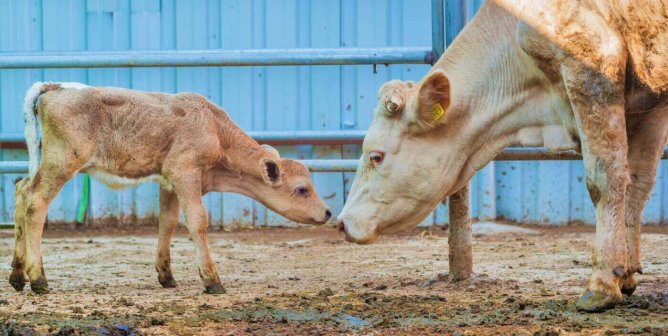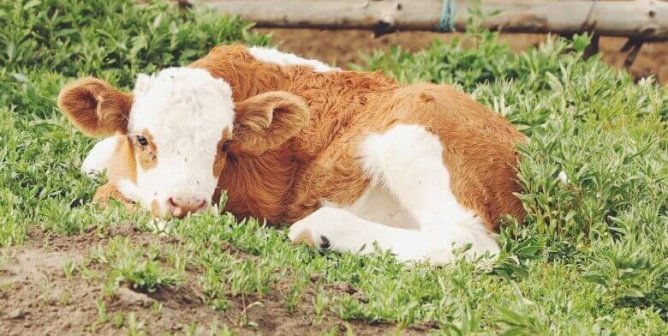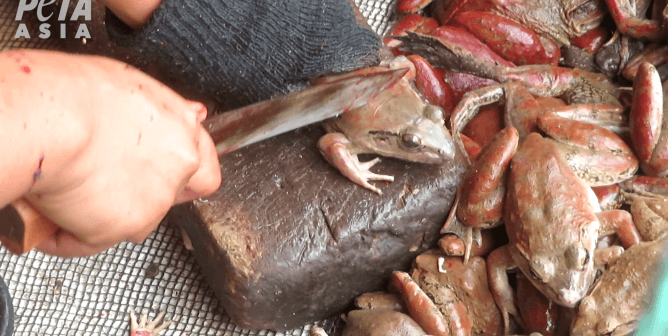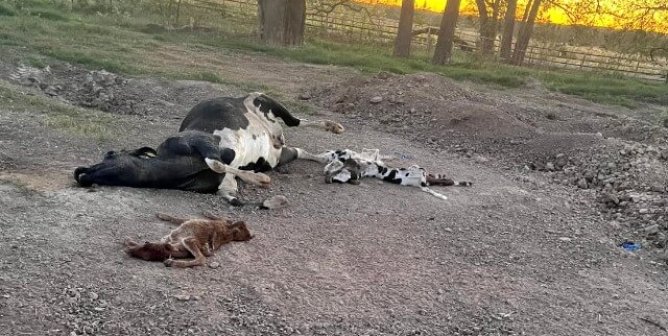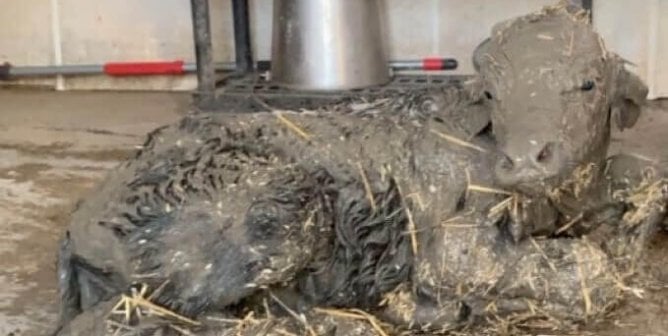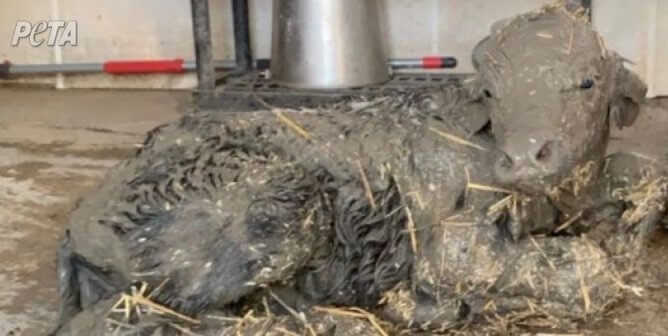The Pain Behind Foie Gras
Foie gras is made from the grotesquely enlarged livers of ducks and geese who have been cruelly force-fed. Although France is the primary producer (and consumer) of this so-called “delicacy”—France produces more than 20,000 tons of foie gras each year—force-feeding takes place on a few duck farms in the U.S. too.1
Although foie gras has historically come from force-fed geese, most foie gras farms now raise ducks—mule, Muscovy, and genetically manipulated, sterile birds called “moulards.”2,3 Farmers have found that they can sell more than just the ducks’ fattened livers: Ducks’ legs, breasts, fat, and skin are all marketed for (mostly French) specialty foods. The bodies of geese, however, age too quickly to be used for some of these foods.4 Today, in France, only 4 percent of foie gras comes from geese.5 It is common, however, for geese to be raised for their down as well as for foie gras; birds with white feathers are preferred for this purpose.6
Force-Feeding
Birds raised for foie gras spend the first four weeks of their lives eating and growing, sometimes in semi-darkness. For the next four weeks, they are confined to cages and fed a high-protein, high-starch diet that is designed to promote rapid growth. Force-feeding begins when the birds are between 8 and 10 weeks old. For 12 to 21 days, ducks and geese are subjected to gavage—every day, between 2 and 4 pounds of grain and fat are forced down the birds’ throats by means of an auger in a feeding tube.7,8 The Washington Post reported that the tube “is pushed 5 inches down their throats, and more food than they want is gunned into their stomachs. If the mushy corn sticks … a stick is sometimes used to force it down.”9 The birds’ livers, which become engorged from a carbohydrate-rich diet, can grow to be more than 10 times their normal size (a disease called “hepatic steatosis”).10 The mortality rate of birds raised for foie gras has been found to be as much as 20 times higher than that of birds raised normally, and carcasses show wing fractures and severe tissue damage to the throat muscles.11
Investigations Reveal Additional Cruelty
A PETA investigation at Hudson Valley Foie Gras (then known as Commonwealth Enterprises), a production facility in New York, revealed that workers were expected to force-feed 500 birds three times a day. A worker told one of PETA’s investigators that he could feel tumor-like lumps, caused by force-feeding, in some ducks’ throats. One duck had a maggot-covered neck wound that was so severe that water spilled out of it when he drank. Workers routinely carried ducks by their necks, causing them to choke and defecate in distress.
One veterinarian who accompanied the police on their raid of Commonwealth noted, “Many of the ducks … were lame or unable to walk without using their wings for support. Some ducks moved by pushing their bodies along the floor.” The same veterinarian said, “All of the birds in the force-feeding area had dirty, ragged, incomplete plumage, yet none were attempting to preen. Only severely stressed or ill ducks allow their plumage to deteriorate to [such a] degree. … Normal ducks keep their feathers in near-perfect condition.”12
A New York state wildlife pathologist who examined ducks from Commonwealth expressed horror at the birds’ “greatly enlarged livers, the product of overfeeding by force (livers are easily torn by even minor trauma)” and at one duck’s “laceration of the liver with hemorrhage into the body cavity.” He went on to say, “This type of treatment and farming of waterfowl is outside the acceptable norms of agriculture and sane treatment of animals.”13 He later told PETA, “If this kind of thing [were] happening to dogs, it would be stopped immediately.”14
A New York Times reporter who visited Sonoma Foie Gras in California found that young ducks had their beaks clipped and that birds “were so fat [that] they moved little and panted.” The reporter also noted that at the age of 12 to 15 weeks, birds were confined to dark sheds that had “standing water … deep enough to suggest a drainage problem.”15 Visit www.stopforcefeeding.com to view video footage and learn more about this investigation.
Domestic Ducks and Geese
Domestic ducks and geese usually enjoy being hand-fed by humans; however, according to one study, birds subjected to force-feeding “kept away from the person who would force-feed them … the birds were less well able to move and were usually panting but they still moved away.”16 Even ducks confined to cages “moved their heads away from the person who was about to force feed them.”17 Ducks also like to forage, swim, and raise their young, none of which can they do on foie gras farms.
Geese are social animals who establish hierarchies in their flocks and love to forage. They tend to be monogamous, and both parents care for their young. One breeder says that “geese tend to vary more from one individual to another in terms of personality traits than any other form of domestic poultry.”18 Because most birds raised for foie gras are kept in cages or in very small groups, their social or normal grooming activities are limited or impossible.
High in Fat, High in Cholesterol
Foie gras is unhealthy for humans. It derives 85 percent of its calories from fat: A 2-ounce serving contains 25 grams of fat and 85 milligrams of cholesterol.19
Foie Gras Bans
Foie gras production is prohibited in California.20
The Israeli Supreme Court ruled that foie gras production violates the country’s cruelty-to-animals laws, and the practice is now banned in Israel.21 Germany, Italy and the Czech Republic have prohibited the production of foie gras, and force-feeding birds is prohibited in the U.K. and in Switzerland, where foie gras packages are required to carry labels to inform consumers that the birds were force-fed.22,23,24 India has banned the import of foie gras.25
Whole Foods Market does not allow the sale of foie gras in any of its stores in the U.S. and the U.K.26
What You Can Do
Urge restaurants and stores that sell foie gras to stop doing so and to sell vegetarian pâté instead; vegetarian brands, such as Bonavita, are often sold alongside liver pâtés in grocery stores. Organize demonstrations at restaurants and stores that sell foie gras. Contact PETA for a foie gras action pack and for information on how you can support legislation to prohibit force-feeding.
References
1 Agence France Presse, “Fat Days for Bulgarian, Hungarian Foie Gras Makers,” Taipei Times 14 Dec. 2009.
2 Roger Buckland and Gérard Guy, eds., “Goose Production. FAO Animal Production and Health Paper-154,” United Nations Food and Agriculture Organization, 2002.
3 Nick Ravo, “A Cornucopia of Native Foie Gras,” The New York Times 24 Sep. 1998.
4 Ravo.
5 “China to Boost Foie Gras Production,” Shenzhen Daily 11 Apr. 2006.
6 Buckland and Guy.
7 Unité de Recherches Avicoles, “Production de Foie Gras, Gavage et Bien-être,” Institut National de la Recherche Agronomique, 5 Apr. 2005.
8 Scientific Committee on Animal Health and Animal Welfare, “Welfare Aspects of the Production of Foie Gras in Ducks and Geese,” 16 Dec. 1998.
9 Peter Finn, “To Hungarian Professor, What’s Good for the Goose Is Good for the Goose Liver Industry,” The Washington Post 31 Jan. 2000.
10 E. Fournier et al., “Relationships Between Storage and Secretion of Hepatic Lipids in Two Breeds of Geese With Different Susceptibility to Liver Steatosis,” Poultry Science 76 (1997): 599-607.
11 Scientific Committee on Animal Health and Animal Welfare.
12 Wendy Thacher, signed statement, 19 Nov. 1991.
13 Ward B. Stone, letter to Eric Hartelius, 13 Nov. 1991.
14 Ward B. Stone, letter to PETA, 6 May 1992.
15 Patricia Leigh Brown, “Foie Gras Fracas: Haute Cuisine Meets the Duck Liberators,” The New York Times 24 Sep. 2003.
16 Scientific Committee on Animal Health and Animal Welfare.
17 Scientific Committee on Animal Health and Animal Welfare.
18 Lou Horton, “Understanding the Behavior of Domestic Geese,” Acorn Hollow Bantams, 18 Oct. 2002.
19 U.S. Department of Agriculture, “Pâté de Foie Gras, Canned (Goose Liver Pâté), Smoked,” National Nutrient Database for Standard Reference, 16 Jul. 2003.
20“Appeals Court Upholds Limit on California’s Foie Gras Ban,” Associated Press, 7 May 2022.
21 “Israel to Ban Force-Feeding of Geese From Late January,” Agence France Presse, 4 Jan. 2005.
22Natasha Foote, ““From backing bans to foie gras fans: The story behind the European Parliament’s U-turn,” Euractiv.com, 22 Feb. 2022.
23 Brown.
24 Finn.
25 “India Prohibits Import of Foie Gras,” Business Standard, 3 Jul. 2014.
26 “Unnacceptable Ingredients for Food,” Whole Foods Market, 2010.
